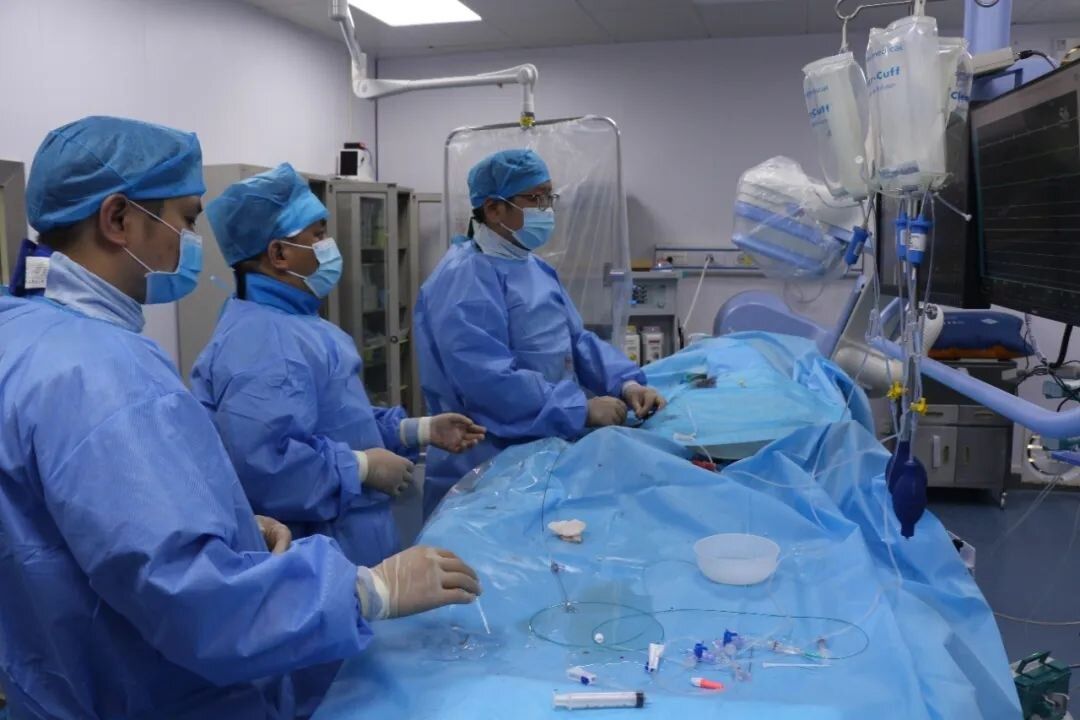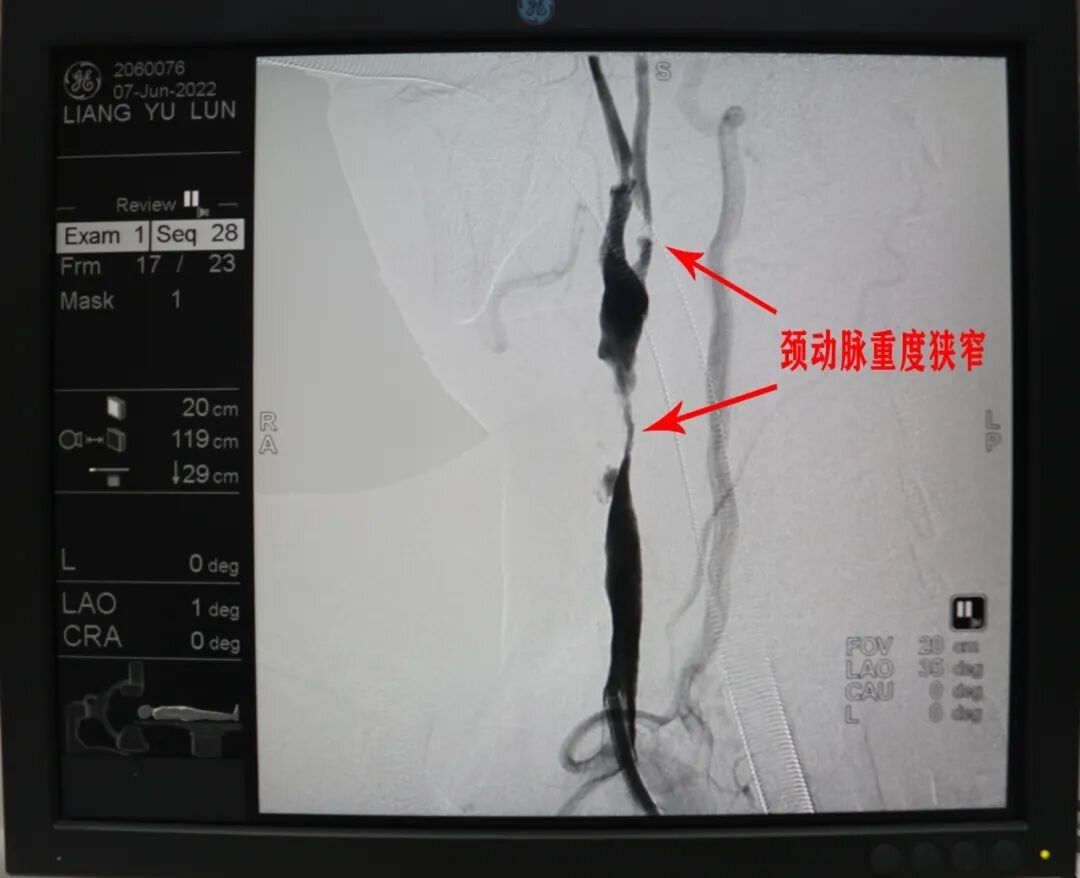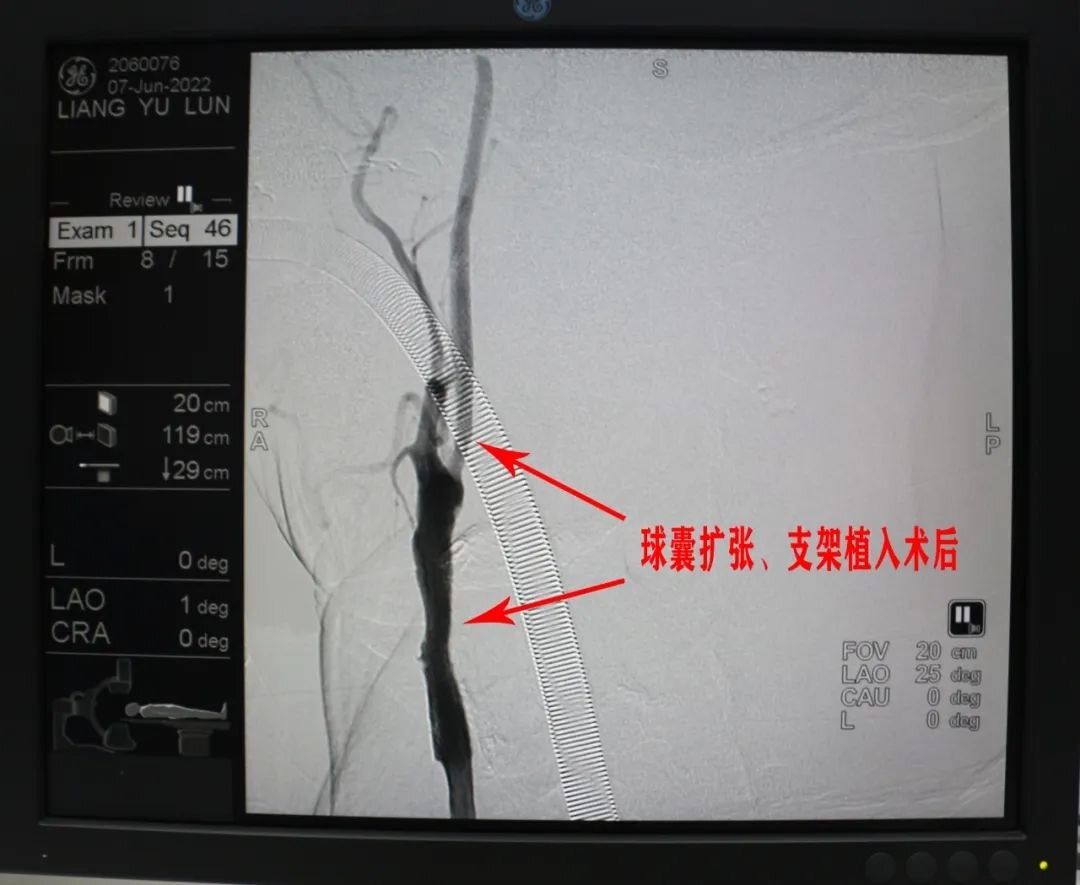[Source: Luodian County People’s Government_Department News]
On June 7, the neurology team of Luodian County People’s Hospital helped expert Peng in the Affiliated Hospital of Your Hospital Under the guidance of Dr. Han, balloon dilation + stent implantation angioplasty was successfully carried out for patients with multiple severe carotid artery stenosis, which relieved a series of cerebral ischemia symptoms caused by carotid artery stenosis and prevented large-area cerebral infarction. occur. The successful development of this technology has filled the gap of neurointerventional technology in the hospital, marking a new level of interventional diagnosis and treatment of cerebrovascular disease in the hospital.

Carotid stenting
The patient is a 74-year-old man. He developed left limb weakness 20 days ago, with slurred speech. The patient has a history of hypertension for many years. Angiography showed that the left internal carotid artery stenosis was 90%. The origin of the artery is occluded. After repeated discussions by the neurology team, a detailed surgical plan was formulated, and the internal carotid artery balloon dilation + stent implantation angioplasty was successfully completed. After the operation, the blood vessels were opened well, the operation process was smooth, the patient recovered well, and the vital signs were stable.

before stenting

Post-stent_
The carotid artery is one of the main blood vessels that transport blood from the heart to the brain. Its stenosis will definitely affect the blood supply to the brain. Especially when the initial segment of the internal carotid artery is stenotic, the disability and mortality rate is high. Through carotid artery stent implantation, the patient’s stenotic blood vessels can be restored to blood flow, and the probability of cerebral infarction will be significantly reduced. Because of its small trauma and quick recovery, this technology is a “reassuring pill” for patients with a wide range of cerebral vascular diseases.
At present, the neurological intervention team can diagnose cerebrovascular disease and the etiology of spontaneous subarachnoid hemorrhage by applying whole cerebral angiography; Embolization, stenting of intracranial artery stenosis, carotid artery stenting, cerebral aneurysm embolization, cerebral vascular malformation embolization, basilar artery balloon dilatation, vertebral artery stenosis angioplasty, subclavian artery stenosis Interventional diagnosis and treatment techniques for cerebrovascular diseases such as angioplasty have achieved good results, greatly improving the ability to treat stroke, and effectively reducing the disability and fatality rate of stroke.
Disclaimer: The copyright of this article belongs to the original author. If the source is wrong or infringes your legal rights, you can contact us by email, and we will deal with it in time . Email address: [email protected]